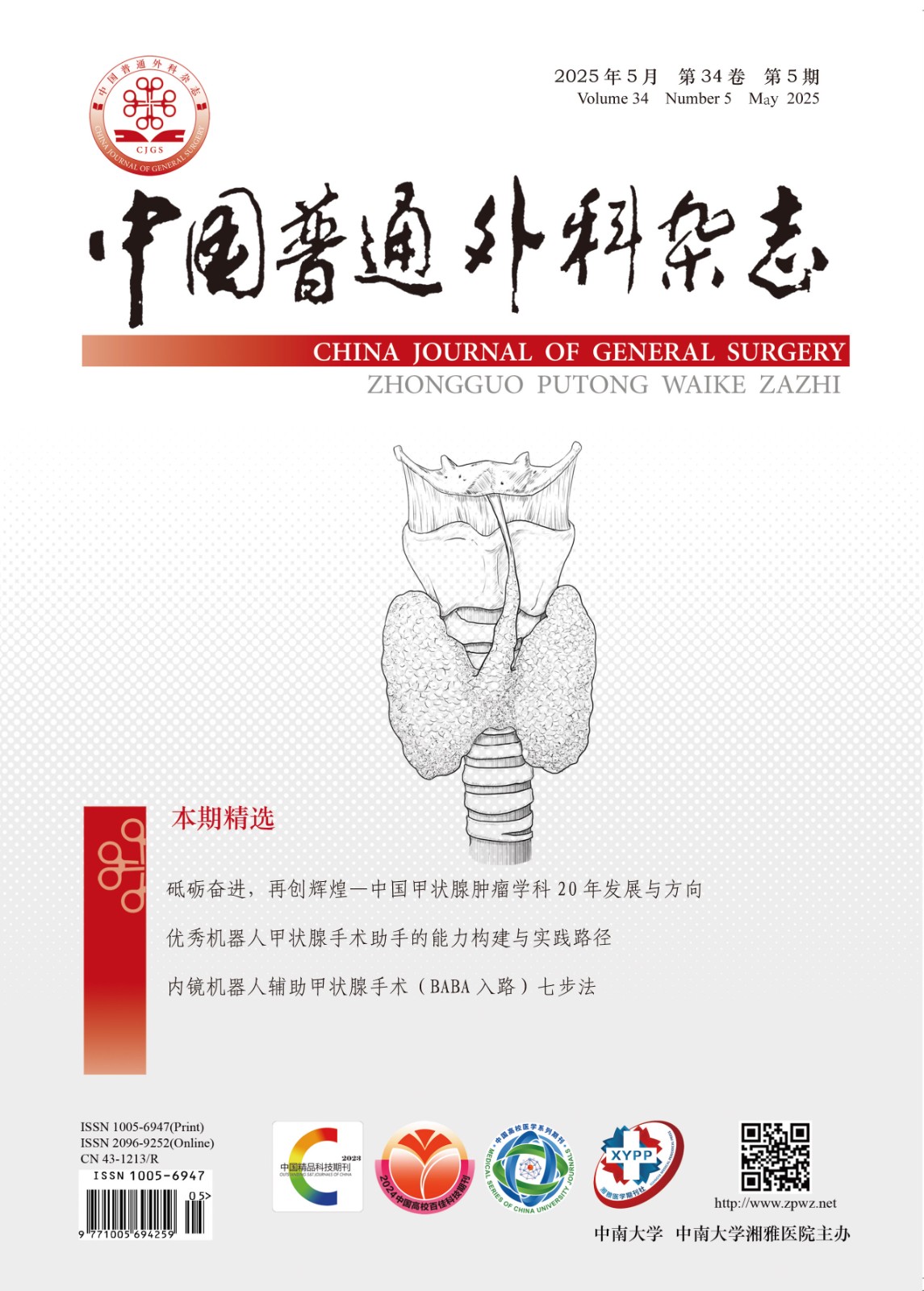Abstract:Abstract:Objective:To investigate the possible role of early growth response factor -1(EGR-1) in liver injury acute pancreatitis in rats.
Methods :Twenty-four male Wistar rats were randomly divided into 4 groups: Group A,B,C and D. Normal saline was injected into common bile duct(CBD) of group A, and different concentrations of taurocholate sodium solutions were injected into CBD of group B,C and D. Three hours after injection, all animals were sacrificed and blood and liver were harvested. Other 30 male Wistar rats were randomly divided into 5 groups: Group E,F,G,H and I, These rats were sacrificed 1h,3h,6h,12h and 24h after injection respectively. Serum levels of AST,LDH,TNF-α and IL-1β were measured, and immunohistochemistry staining of EGR-1 on liver was observed and assayed.
Results:(1) Accompanying the stepwise rising concentrations of taurocholate sodium, the levels of AST,LDH,TNF-α and IL-1β were progressively increased. (2) Positive staining of EGR-1 in liver was more intense with increased severity of acute pancreatitis models, and EGR-1 staining sites were different among models of acute pancreatitis of different severity. The positive staining cells and intracellular sites of EGR-1 displayed notable differences in livers harvested at different times after pancreatitis induction.
Conclusions:EGR-1 may play an important role in liver injury during acute pancreatitis, and the possible mechanism may be related to its mediated production of inflammatory cytokines.

